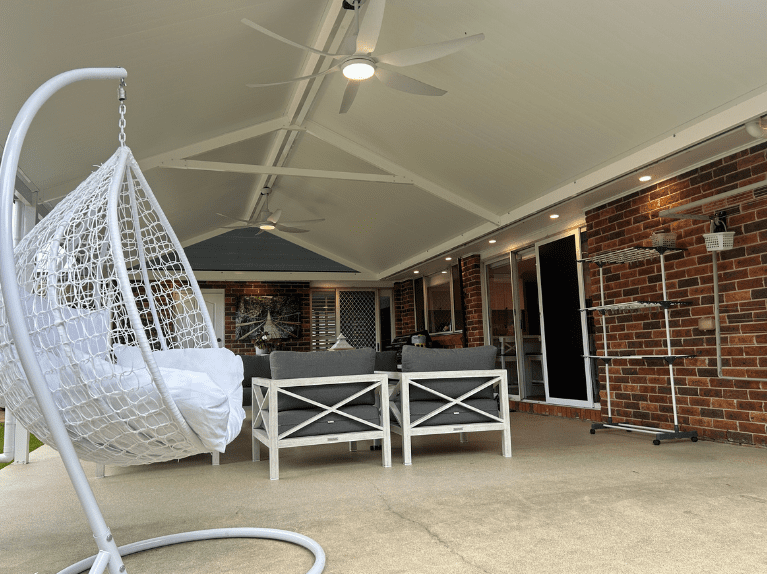More on Parramatta
Parramatta, one of Sydney’s oldest and most historically significant suburbs, has played a central role in Australia’s development since its establishment in 1788. Originally home to the Burramattagal people of the Dharug Nation, the area was known for its fertile land and access to the Parramatta River, which provided essential resources for Indigenous communities for thousands of years.
Founded by Governor Arthur Phillip, Parramatta was established as a vital agricultural settlement just months after Sydney Cove. Its rich soil made it a key food production hub for the struggling colony, supporting early farms and ensuring the survival of European settlers. Over the 19th and 20th centuries, the town grew into a major commercial and industrial centre, benefiting from expanding transport networks such as rail and road links.
As Parramatta evolved, the demand for modern infrastructure, including electricity, increased. By the early 1900s, electrical services began transforming businesses, public services, and daily life. Street lighting, tram systems, and industrial machinery all relied on electrical power, helping drive the city's rapid urbanisation.
Today, Parramatta is a thriving economic and cultural hub, often referred to as Sydney’s “second CBD.” With ongoing developments, including high-rise buildings, business precincts, and major public infrastructure projects, the suburb continues to rely heavily on modern electrical systems. From powering corporate offices to ensuring reliable energy for local businesses and homes, electrical services play a critical role in supporting Parramatta’s growth.
While Parramatta embraces its future with advanced technology and sustainable energy solutions, it remains deeply connected to its past. Landmarks such as Old Government House and Parramatta Gaol stand as reminders of its colonial history, while the area continues to honour its Indigenous heritage. As Parramatta grows, its reliance on efficient and reliable electrical infrastructure will be essential in maintaining its status as a key centre for business, industry, and community life.













